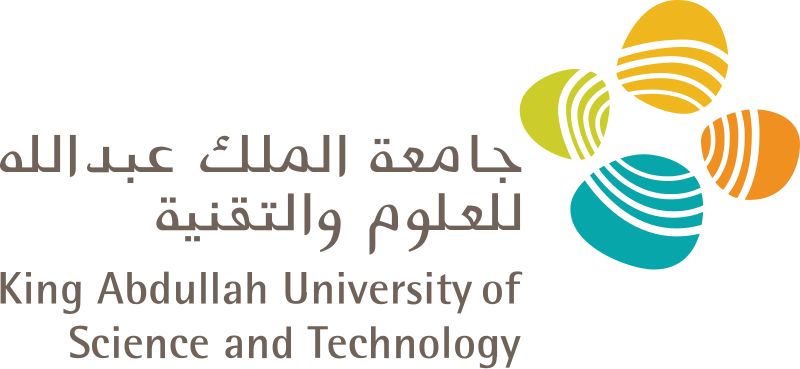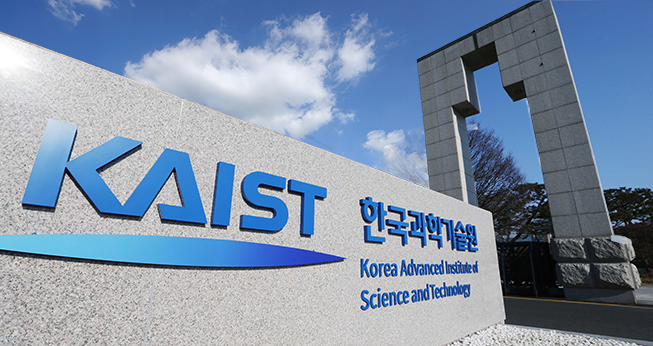
Applying to KAUST - Your Complete Guide for Masters & Ph.D. Programs (Upcoming Admissions)
Admissions Overview & Key Requirements

At just 18, Kazakh entrepreneur Arlan Rakhmetzhanov has already lived through a founder’s dream. Within five days of arriving in London for the Entrepreneurs First accelerator, he raised $1 million for his AI startup Nozomio, a platform that helps developers understand large codebases. To make it possible, Arlen left school midway through his final year.
Rakhmetzhanov says his entrepreneurial path began early. At 10, he was already experimenting with tech projects. By 16, he had launched two startups, including an iOS development company. More recently, his frustration with flawed AI coding assistants pushed him to create Nozomio, built around its core product Nia AI, a virtual engineer capable of reading code and answering technical questions like an experienced engineer. Rakhmetzhanov began building the platform on his own, without a team.
To test the market need for Nozomio, he personally reached out to about 30 founders in Y Combinator’s winter batch. One of them, James He, co-founder of Artificial Societies (which uses AI to model interactions in human communities), was “stunned” by the tool’s accuracy after uploading Twitter’s recommendation algorithm and testing it. He encouraged Rakhmetzhanov to launch on Product Hunt, where the product ranked among the top three of the day and attracted its first users.
Following this momentum, Nozomio was accepted into Entrepreneurs First, prompting Rakhmetzhanov to take an academic leave and move to London in March. A viral LinkedIn post about dropping out and joining the accelerator drew over 200,000 views and a surge of investor interest. Within just five days, he closed a $1 million round led by LocalGlobe, whose portfolio includes Figma, Wise, and Revolut.
Today, Nia AI focuses on understanding code rather than generating it. “My goal is for AI not just to give an answer, but to actually read the project as a living system,” Rakhmetzhanov explains. “Most AI assistants today are blind: they make mistakes and pretend that everything is under control. People use Nia AI in different ways — and this, by the way, is one of the reasons why it is important for me to constantly talk to users. For example, solo developers connect the service to quickly understand someone else's code — especially if the project is complex and they need to delve into the architecture. They download the code base, and then communicate via chat: ask questions, clarify where everything is, how the logic is arranged. B2B teams more often use Slack integration — they simply tag Nia in the chat, write, for example, "Explain how the registration module works" or "Where are our UI components for the profile?" And they get an answer, because the system has built a project map in advance and understands its structure.Plus, there is an API and server integration for those who want to connect Nia AI to their processes. This is convenient if a company works with several projects or wants to automate developer onboarding. I want to make my AI agent think like a senior — understand the project as a whole, help not only with the code, but also with its structure, connections, logic” he addes.
Rakhmetzhanov envisions Nia AI as a true partner for developers: an AI that keeps the entire project in mind and helps teams move faster. “If we manage to implement this, it will be worth it.”
Share

Applying to KAUST - Your Complete Guide for Masters & Ph.D. Programs (Upcoming Admissions)
Admissions Overview & Key Requirements

Erasmus Mundus Joint Master's 2026 (Upcoming Admissions)
Erasmus Mundus programs are scholarships available to students worldwide, offering fully-funded Master’s degrees to study in Europe!

Registration Opens for SAF 2025: International STEAM Azerbaijan Festival Welcomes Global Youth
The International STEAM Azerbaijan Festival (SAF) has officially opened registration for its 2025 edition!

KAIST International Graduate Admissions Spring 2026 in Korea (Fully Funded)
Applications are open for KAIST International Admissions for Master’s, Master’s-PhD Integrated, Ph.D., and Finance MBA

Young Leaders Union Conference 2025 in Paris (Fully Funded)
Join Global Changemakers in Paris! Fully Funded International Conference for Students, Professionals, and Social Leaders from All Nationalities and Fields

An mRNA cancer vaccine may offer long-term protection
A small clinical trial suggests the treatment could help keep pancreatic cancer from returning